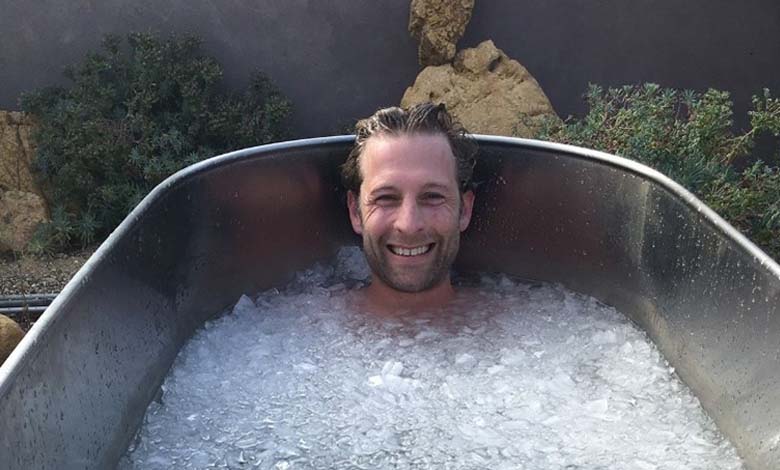The Ice Bath: The Shocking Truth Behind This Famous Recovery Method

Over the past decade, the ice bath has become one of the most recognizable recovery methods in the world of sports and wellness. Popular among professional athletes, wellness influencers, and enthusiasts of extreme physical challenges, the practice involves immersing the body in cold water – typically between 8 and 12 °C – for several minutes, with the goal of reducing inflammation and speeding up muscle recovery. But beyond the visual appeal and the testimonials circulating online, what does scientific evidence actually say? And more importantly, are there hidden risks behind this seemingly magical recovery tool?
-
“For Recovery and Mental Health” – Are Ice Baths Really Effective?
-
How Often Should You Wash and Replace Bath Towels?
Cold exposure as a form of therapy dates back to ancient civilizations, where it was used to alleviate pain and reduce swelling. In modern times, the method has been brought into the spotlight by individuals like Wim Hof, known as “The Iceman,” whose techniques claim to boost immunity, improve mental health, and enhance physical performance. Advocates of ice baths highlight a variety of potential benefits, including reduced muscle soreness, decreased inflammation, enhanced circulation, increased alertness, and mental resilience. Yet, despite these claims, the scientific community remains divided.
-
What is the Impact of Keeping Secrets on Your Mental Health?
-
Sitting Too Long May Cost You Your Neck – Study Warns of Serious Health Risks
Research conducted in recent years has challenged the long-term efficacy of regular ice bath use. A 2015 study published in The Journal of Physiology found that frequent cold exposure may interfere with the body’s natural muscle adaptation mechanisms, particularly those involved in strength and hypertrophy. Essentially, using ice baths too often could hinder your training gains rather than support them. Additionally, a 2020 meta-analysis in Sports Medicine emphasized that the positive sensations reported by users are frequently attributed to a strong placebo effect. The immediate relief provided by cold water might feel real but is not necessarily the result of meaningful physiological changes.
-
How Can People with Hemophilia Live a Normal Life?
-
They Must Be Removed: Contact Lenses—A Hidden Danger in the Shower
Moreover, ice baths are not without risks, especially when performed improperly. Sudden immersion in ice-cold water can trigger thermal shock, causing rapid breathing, elevated heart rate, and in extreme cases, fainting. Individuals with cardiovascular conditions or Raynaud’s disease are particularly vulnerable and should avoid this practice. Some sports scientists have also expressed concern over the widespread use of ice baths among amateur athletes, warning that regular exposure could impede muscle recovery and adaptation in the long term.
-
How to Avoid Physical Stress during Fasting? Effective Tips for Healthy Fasting
-
The Difference between Deodorant and Antiperspirant: What You Need to Know
Does that mean we should abandon ice baths altogether? Not necessarily. When used occasionally, particularly after high-intensity workouts or during periods of back-to-back competitions, ice baths can provide temporary relief if done safely and mindfully. Furthermore, for some, the mental challenge of enduring cold exposure is just as valuable as the physical benefits. It can serve as a moment of personal discipline, helping to build mental toughness and resilience. However, it is essential to remember that ice baths are not a miracle solution. Effective recovery still depends on basic pillars such as quality sleep, proper nutrition, adequate hydration, and active mobility work.
-
Warning Signs about the Health of Elderly Individuals
-
How Often Should You Wash Towels and Bed Sheets?
To ensure safety, ice baths should be limited to 10 to 15 minutes, with water temperatures kept between 8 and 12 °C. Beginners should avoid full-body immersion and always practice under supervision. If dizziness or discomfort occurs, the session should be stopped immediately. In conclusion, while the ice bath can be a valuable tool when used appropriately, it should be integrated thoughtfully within a broader recovery strategy that prioritizes overall health and sustainable performance.












